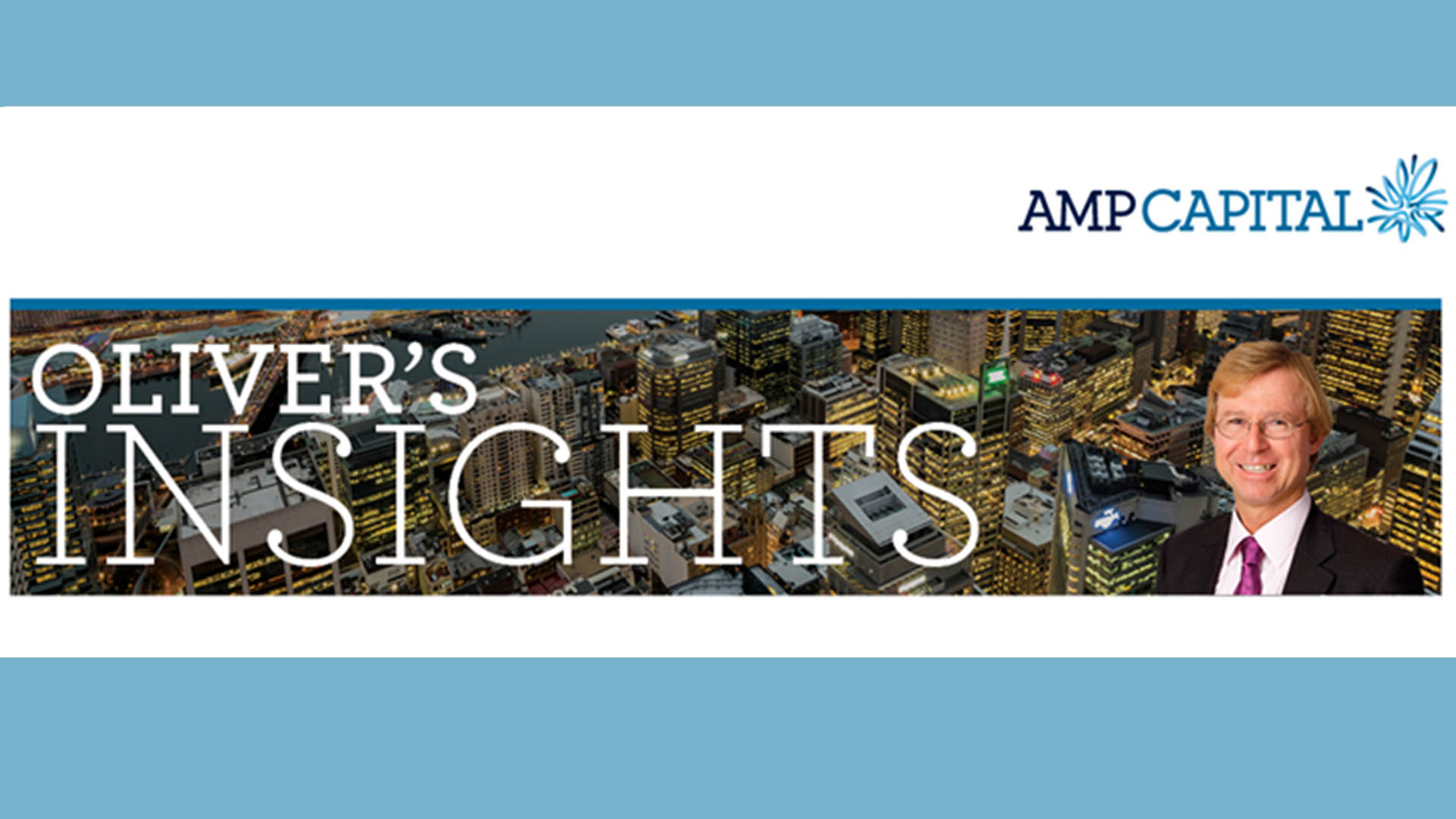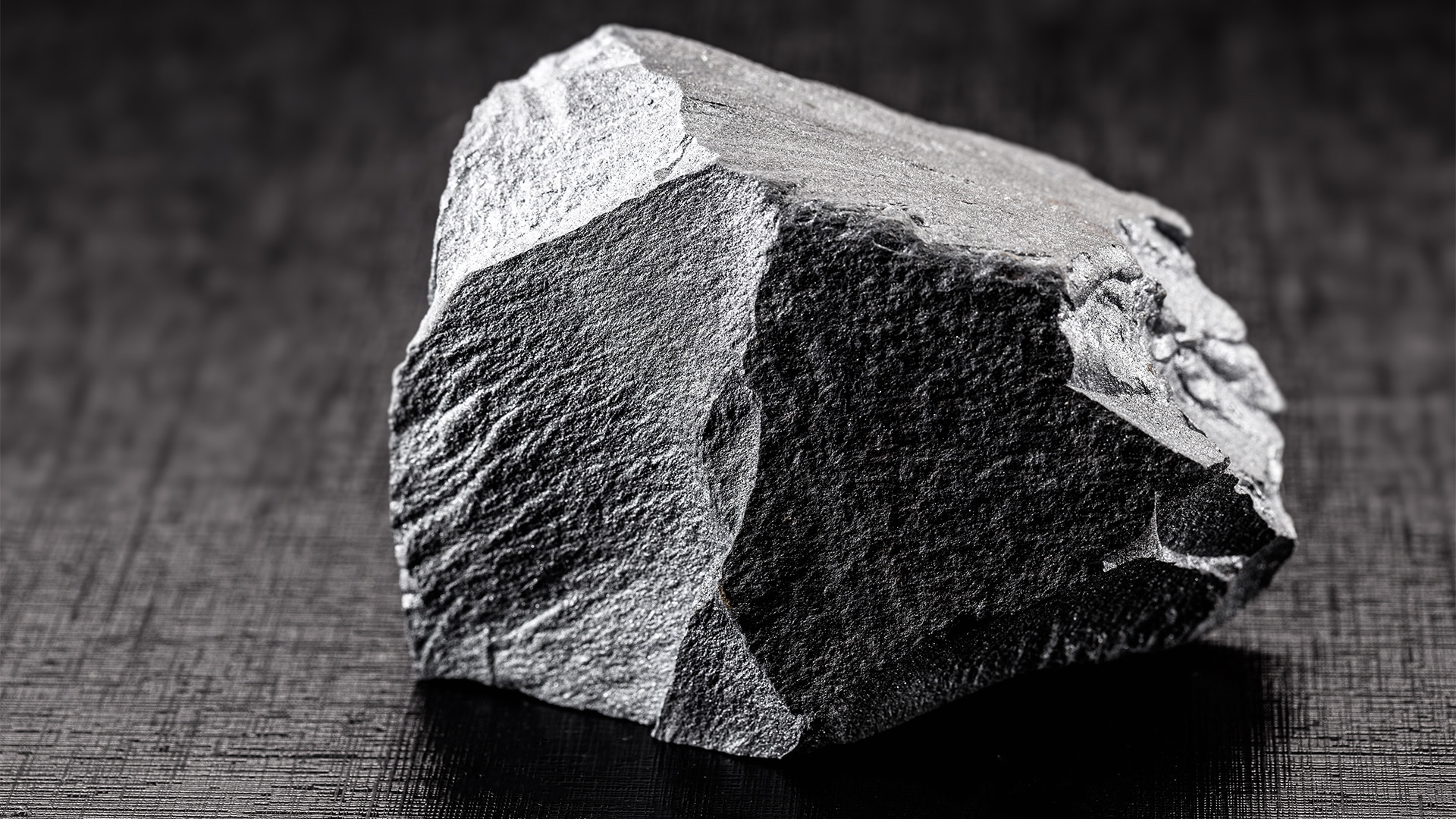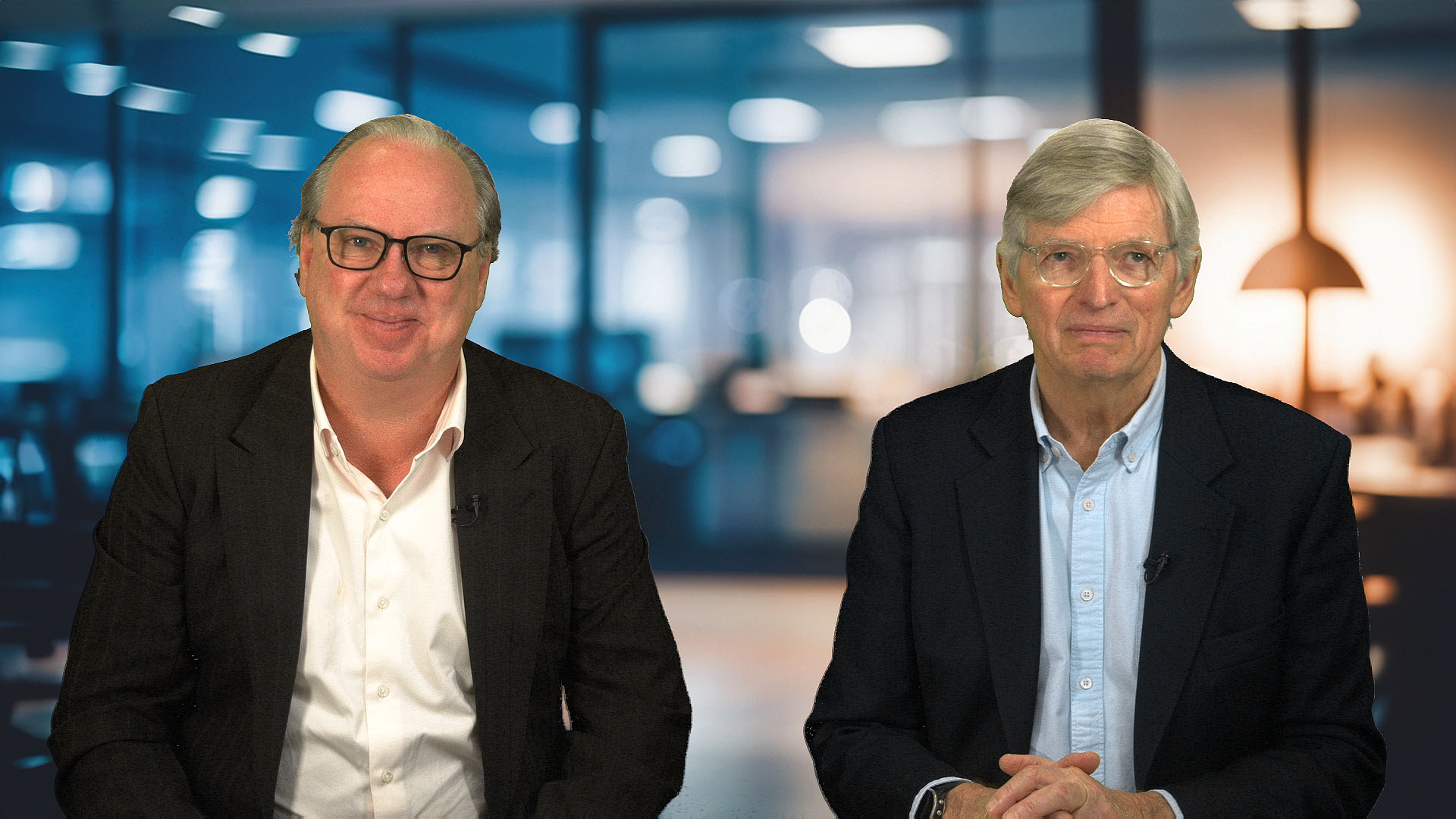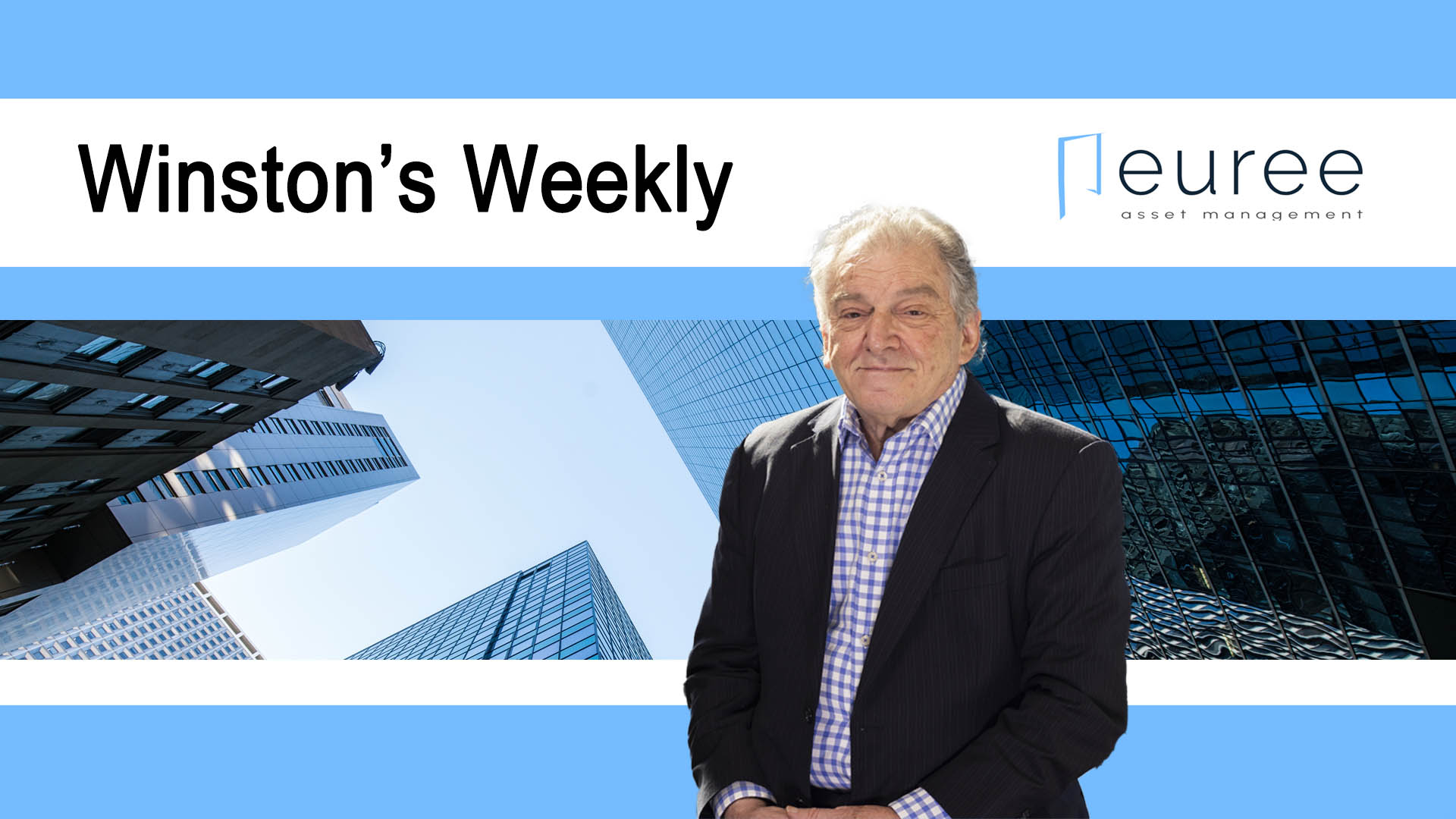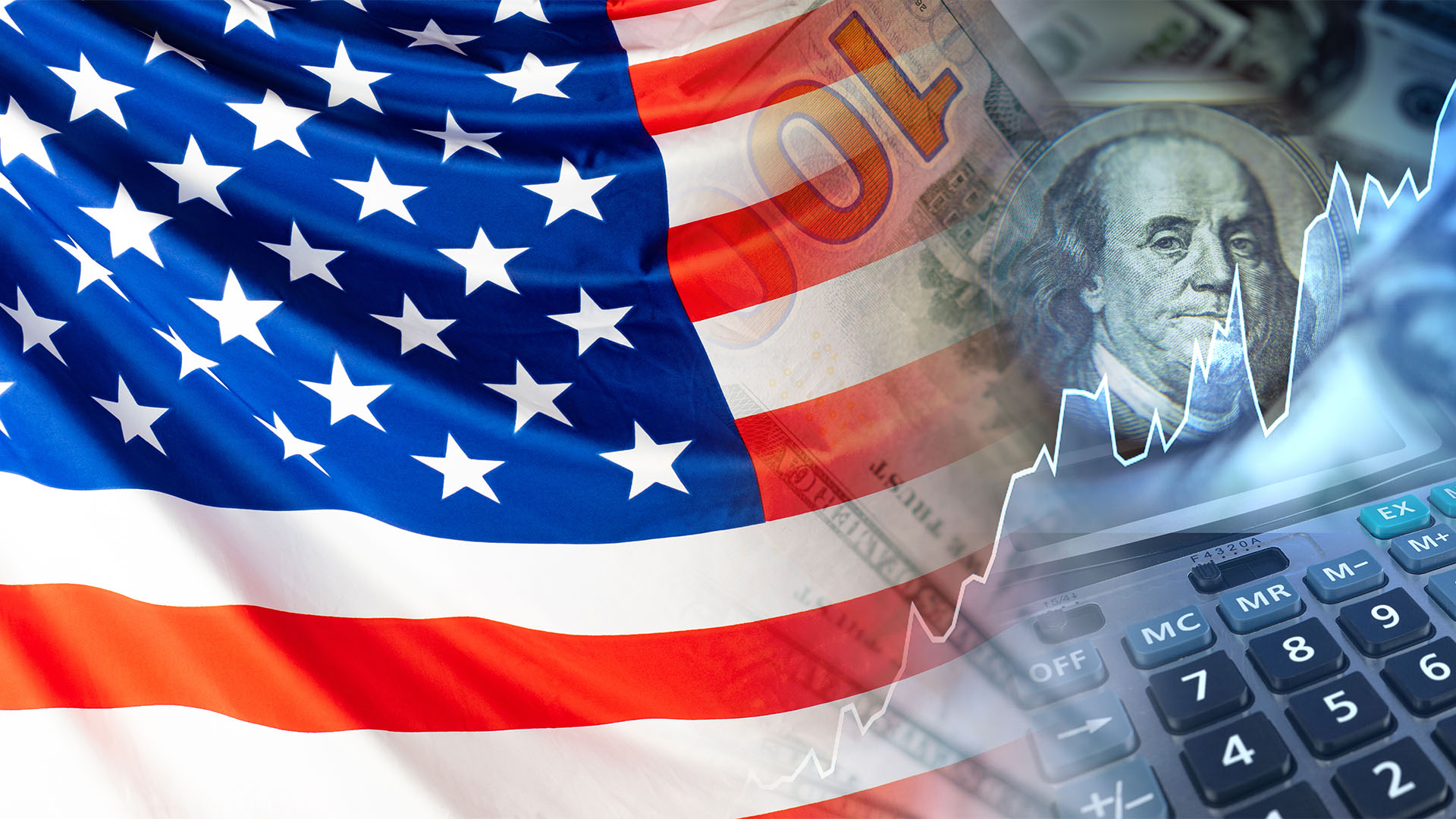Australian inflation seemingly kicked higher in April, but only for technical reasons involved with last year’s desperate fuel excise cut for six months by the former Morrison government as it tried to set up an election bribe for voters.
The halving of the excise, announced in the 2022-23 budget in late March (well ahead of the May 21 federal poll), failed to do the job for Morrison, expired at the end of September and reverted to its full whack (now more than 45 cents a litre).
The halving in the excise saw petrol prices in April, 2022 drop, but not in June as the impact of the surge in oil and other energy prices from Putin’s invasion of Ukraine, boosted global prices and the cost of local petrol at the fuel pump.
A year on and the comparative low base last year (compared with what petrol prices were in April this year) saw the monthly inflation indicator maintained by the Australian Bureau of Statistics rise to 6.8% from 6.3% in March.
But excluding volatile items and holiday travel, the annual rate of inflation actually eased, to 6.5% from 6.9%, according to the ABS’s monthly report released Wednesday.
The bureau’s head of price statistics Michelle Marquardt cautioned the monthly figure had been affected by cut in fuel excise that occurred in April last year.
Impact of the excise cut is obvious in the annual change in petrol prices. In March, the annual inflation rate for petrol was minus 8.2%. By April, the annual rate had soared by 9.5%.
Apart from petrol, there were major increases in housing (up by 8.9%), food and non-alcoholic beverages (up 7.9%) while recreation and culture prices were up by 6.4 per cent.
Ms Marquardt said the housing sector was seeing broad price increases.
“Within the housing group, new dwelling prices rose 9.2 per cent, which is the lowest annual growth since February 2022 as building material prices continue to ease,” she said.
“Rent prices rose further from an annual rise of 5.3 per cent in March to 6.1 per cent in April as the rental market remains tight.” The main factors to food inflation pressures were bread (up 11.4%) and dairy products (up 14.5%).
The monthly inflation indicators and the quarterly measures in the Consumer Price Index for the June and September quarters will be distorted until October by the halving of the excise last year.
This reading will have limited influence on Reserve Bank thinking about interest rates except to confirm the ‘stickiness’ of higher costs across much of the economy.
The continuing high rates of price growth in travel (yes Easter was in April and school holidays, as well as Qantas’ now common fare gouging) and housing/rental costs will continue to cause concerns because they do not seem to be easing quickly.
AMP chief economist Shane Oliver said in a commentary note that. “The ABS’s seasonally adjusted CPI also shows a sequential steeping down in monthly inflation from around 1%month and month in both November and December to 0.3%m month on month in April which is a good sign.”
“However, it’s hard to know how reliable the seasonal adjustment factors are given that the Monthly CPI is so new. And the reinstated trimmed mean (a measure of core inflation) showed a pickup to 6.7% year on year from 6.5%.”
“However, with inflation still very high and upside risks to wages flowing from the upcoming minimum wage increase, the still tight jobs market and faster public sector wages growth the risk of another rate hike is now very high,” Dr Oliver wrote on Wednesday.





